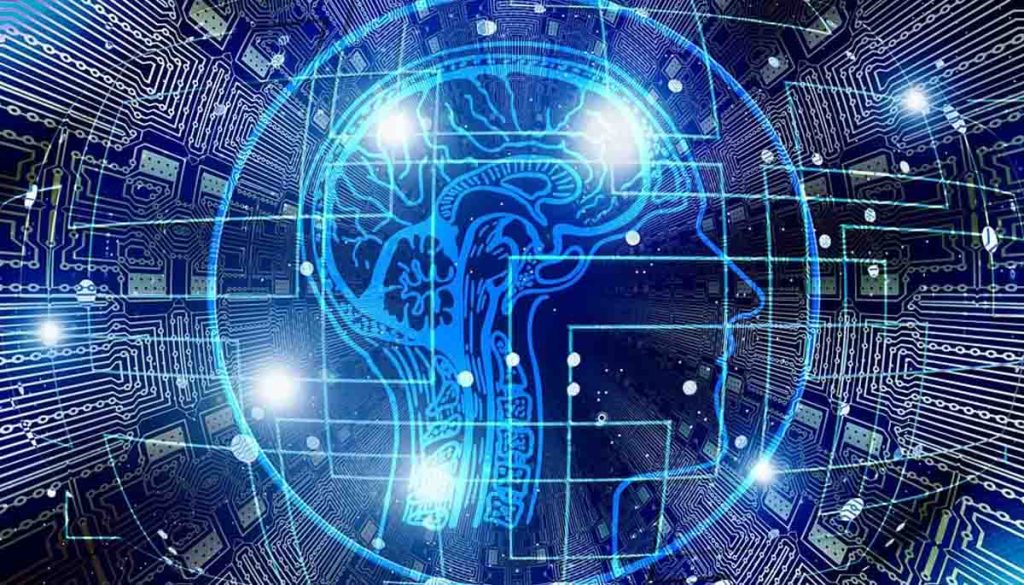
Technology has completely revolutionized the world we live in. Right from carrying out our day-to-day chores, booking tickets, shopping, staying connected with friends and family to entertaining ourselves, technology has made life easier and more convenient.
But, it’s important to take a step back and consider the impact of technology on our physical activity levels. Technology has led us towards a sedentary lifestyle, one that is affecting our overall health and well-being.
In this blog post, we will explore the ways in which technology has affected people’s activity levels.
Table of Contents
Increased screen time
One of the most prominent impacts of technology on our activity levels is increased screen time.
With an abundance of gadgets and devices available that provide easy access to smartphones, TV, and video games, we barely move around. This sedentary lifestyle has led to an increase in obesity, diabetes, and other health hazards. Even our working hours have become more computer-oriented.
We spend on an average of 9 hours a day sitting while working, which has become a significant health concern over the years.
Limited physical activity
In the past, we used to spend our leisure time outdoors, playing games, or engaging in physical activity.
With the rise of video games, social media, and streaming services, it’s become easier and cheaper to stay indoors. Instead of joining a football club, we join a gaming club. Instead of cycling to the nearby store, we order our groceries online.
This shift has taken a toll on our physical well-being. We need to prioritize physical activity and incorporate it into our daily routines.
Transportation and convenience
Transportation has become more convenient than ever before with apps like Uber, Lyft, Grab, and more.
However, stepping out of your physical comfort zone leads to a more active lifestyle. People are less inclined to walk or cycle when they can easily call a taxi or order a private ride.
This shift has led to an increase in sedentary behavior, which can lead to several diseases.
Wearable Fitness Technology
The silver lining for technology’s effect on physical activity is the rise of wearable technology that tracks and encourages activity.
Wearable fitness technology, such as step counters, heart rate monitors, and fitness trackers, can help people monitor their physical activity and motivate them to achieve their fitness goals.
The integration of technology with fitness is a positive trend and has increased the awareness of physical activity’s importance.
The Rise of Virtual Exercise
Virtual exercise classes, meditation, and relaxation apps have undoubtedly made their way into our daily lives, but they can’t replace actual physical activity. They are, however, a great way to supplement an active lifestyle. They help us stay healthy, mindful, and connected in the comfort of our own homes.
Conclusion
Technology has drastically changed our lives and has helped make things more accessible and convenient for us.
However, it has also led to a sedentary lifestyle and a decrease in physical activity, which is detrimental to our health and wellbeing. As a society, we need to strike a balance and make a more conscious effort to move around and be active. It’s time to incorporate physical activity into our daily routines, limit screen time, and use technology to promote healthy habits.
The rise of wearable technology and virtual exercise is a positive trend that can encourage people to lead healthier lives and work towards building an active lifestyle.
FAQs
How has technology affected people’s activity levels?
Technology has had a significant impact on people’s activity levels.
On one hand, it has led to more sedentary behaviors as people spend increasing amounts of time engaged in activities such as using computers, watching TV, or playing video games. The convenience of technology has reduced the need for physical effort in tasks like communication, entertainment, and even work. On the other hand, technology has also facilitated access to information about health and fitness, leading some individuals to be more conscious of their activity levels and adopt healthier lifestyles.
Wearable devices, fitness apps, and online exercise programs have encouraged people to track and improve their physical activity.
How does technology affect your physical activity?
Technology can both positively and negatively affect physical activity.
It can encourage sedentary behavior when people spend long hours sitting in front of screens, leading to a lack of movement and potential health issues. However, technology can also be a tool for promoting physical activity. Fitness trackers, smartwatches, and health apps can provide motivation by setting goals, monitoring progress, and offering rewards.
Virtual reality (VR) and augmented reality (AR) technologies have the potential to make exercise more engaging and immersive, while online workout videos and mobile apps make it easier to access guided workouts from the comfort of one’s home.
Has technology made people less active?
Yes, in many cases, technology has contributed to making people less active.
The prevalence of screens and devices has led to increased sedentary behavior, with more time spent sitting and less time engaged in physical activities. People often use technology for entertainment and communication, which can involve minimal movement.
The convenience of technology has also reduced the need for physical effort in tasks that were previously more active, such as shopping, communication, and even work-related activities.
What is the impact of technology on human life?
The impact of technology on human life is profound and multifaceted.
It has transformed how people communicate, work, access information, entertain themselves, and even address health and medical needs. The positive impacts include improved communication through instant messaging and video calls, enhanced productivity through automation and digital tools, better access to education and information, and advancements in medical treatments and research. However, there are also challenges, such as the potential for increased sedentary behavior, screen addiction, privacy concerns, and the digital divide, which can lead to unequal access to technology and its benefits.
Overall, technology has reshaped nearly every aspect of human life and continues to do so at an ever-increasing pace.





More Stories
The Ins and Outs of Knowledge Management (KM)
VoIP Security Matters: Safeguarding Your Conversations in the Digital Age
How Dutch Agriculture Uses Technology to Fully Control the Growing Environment of Crops